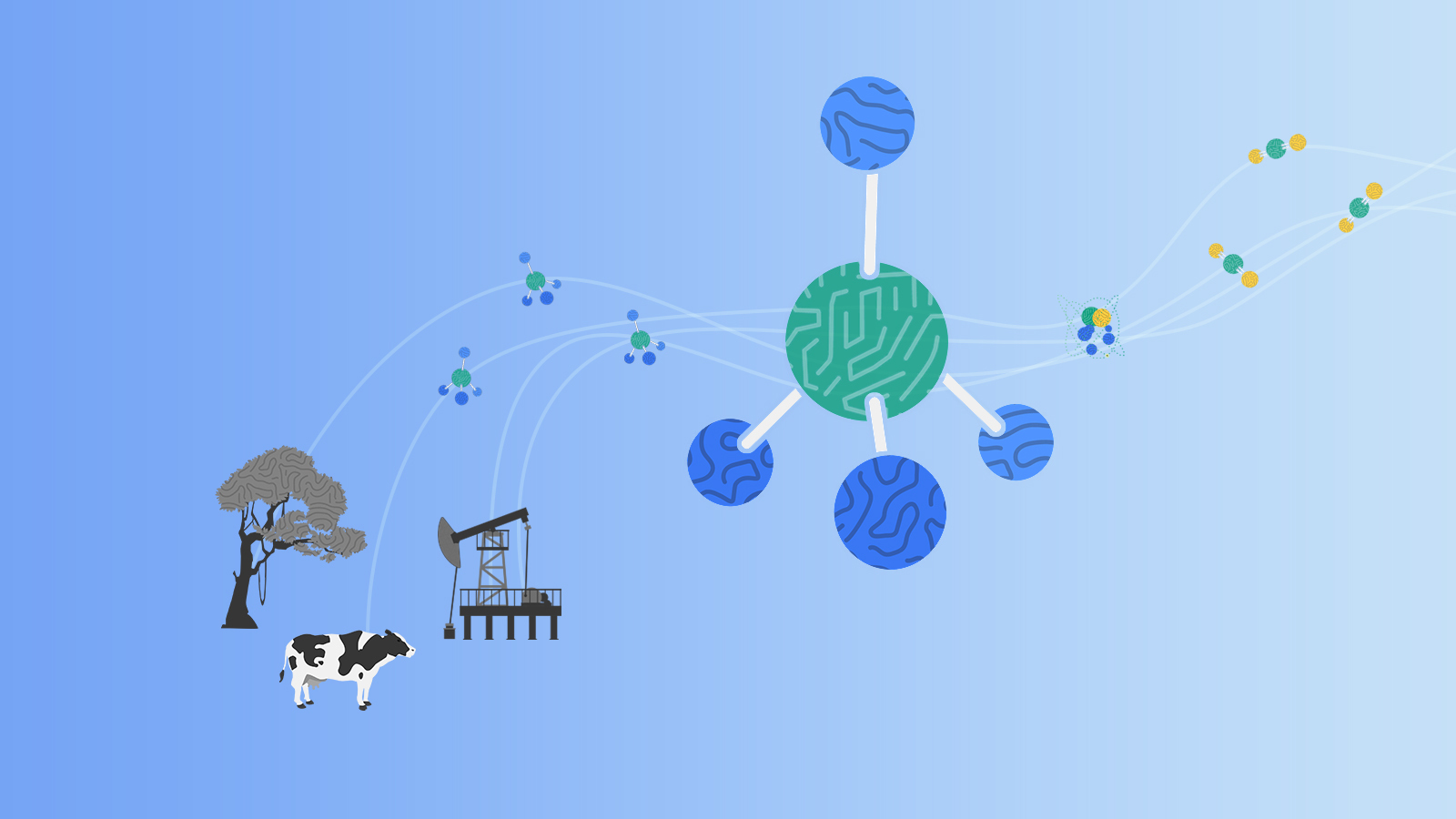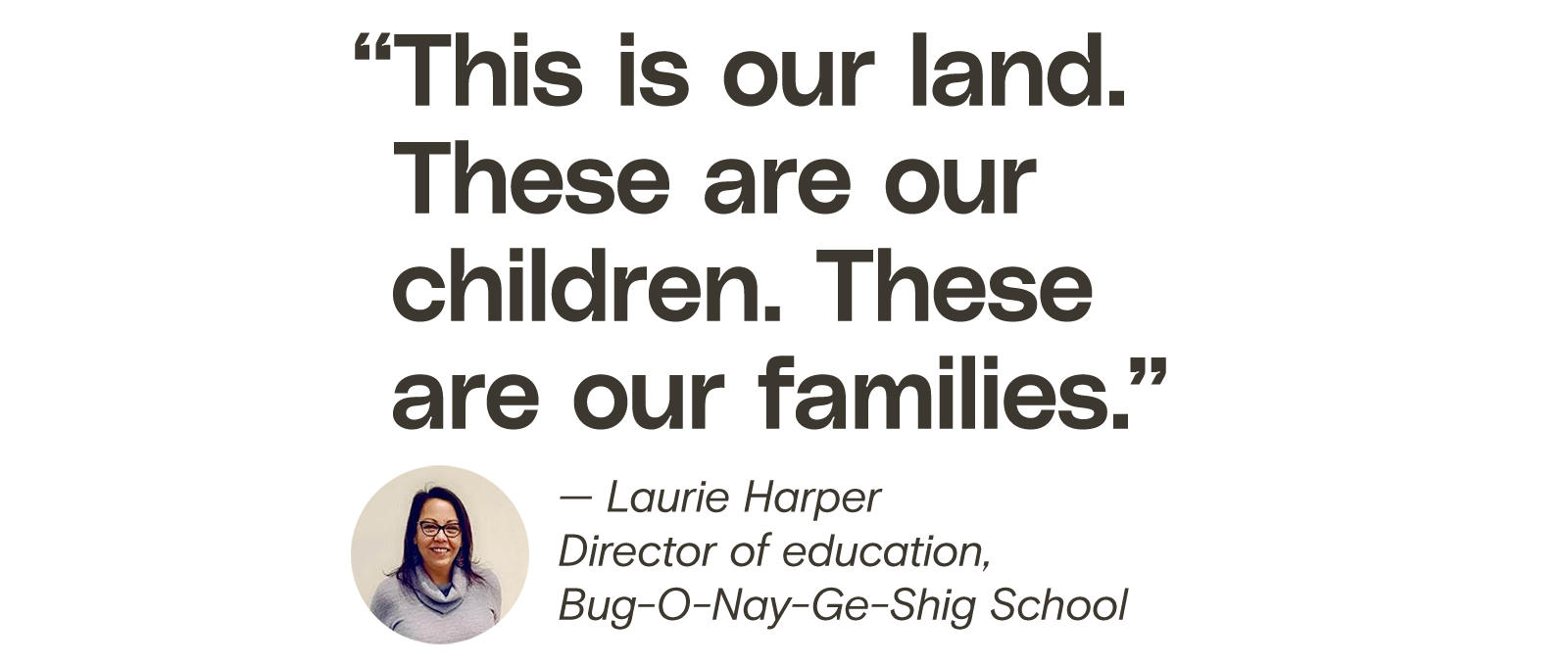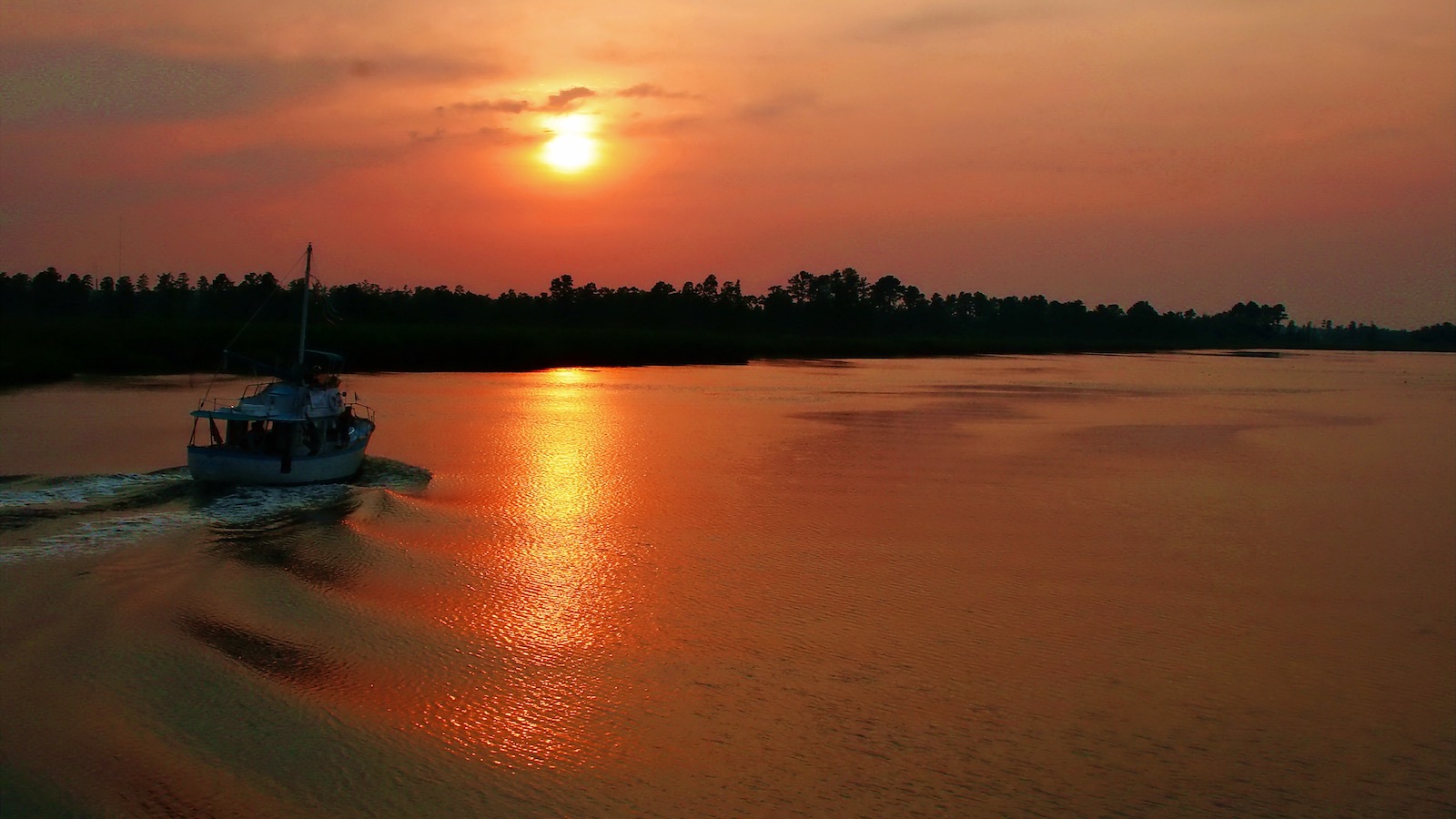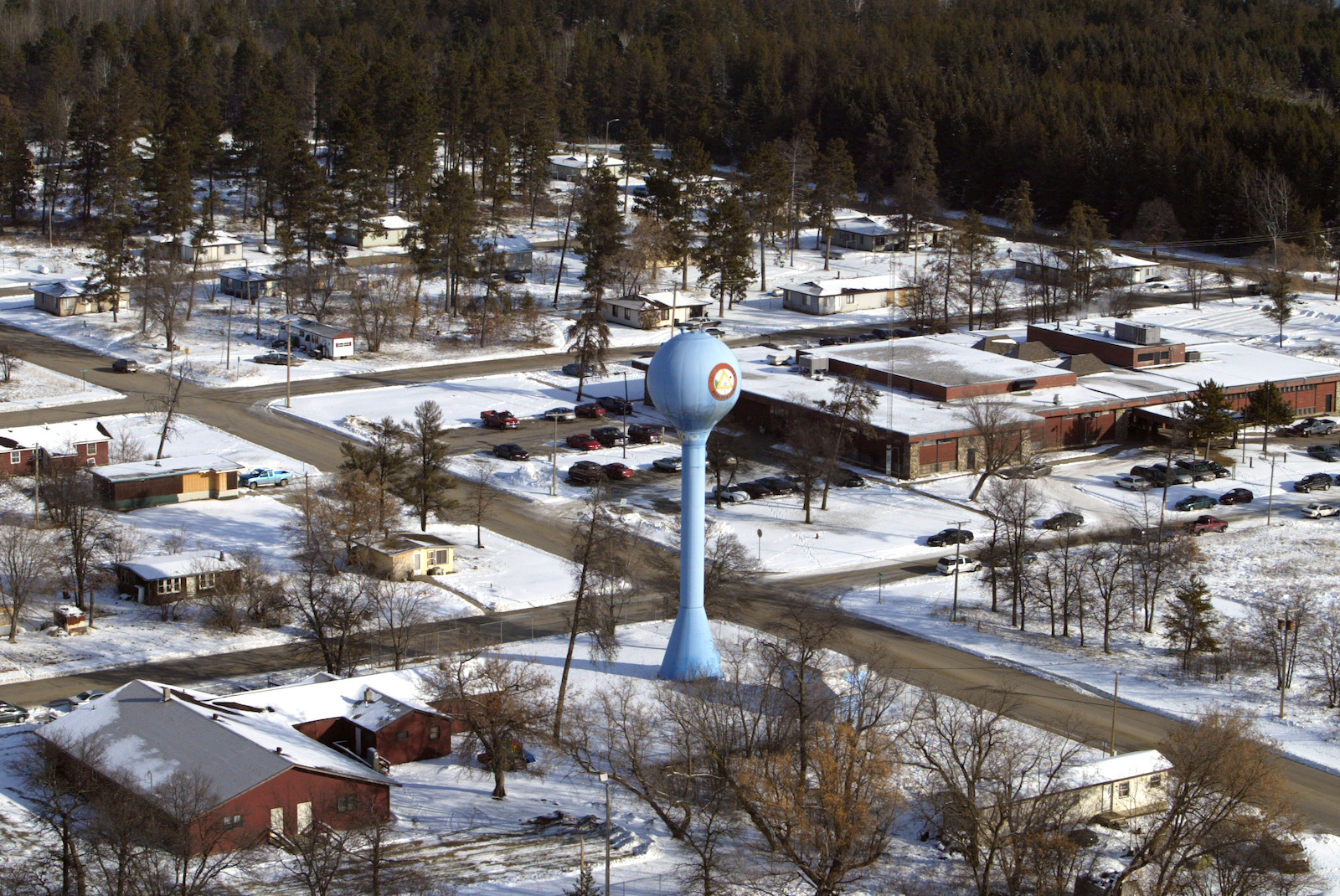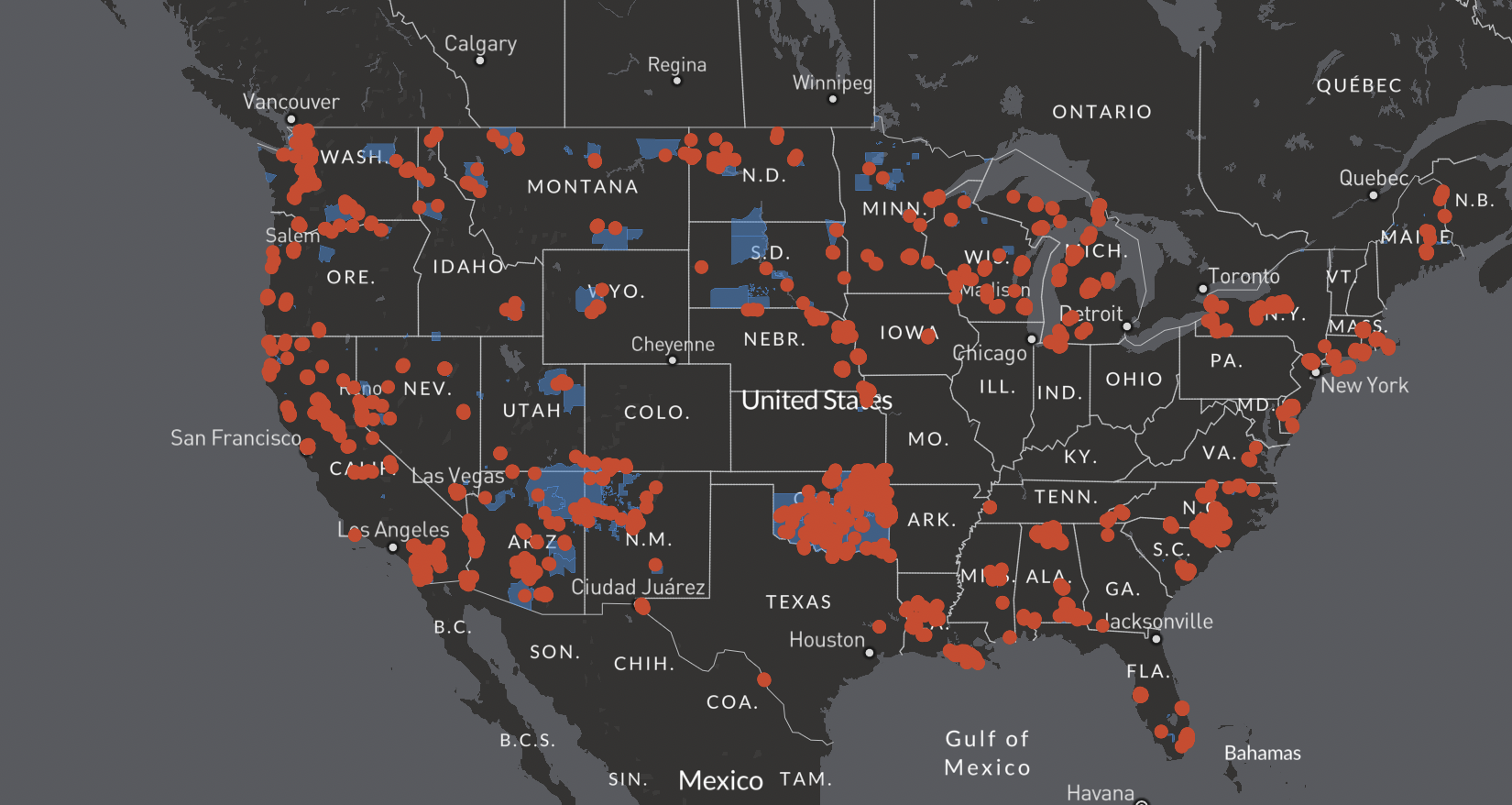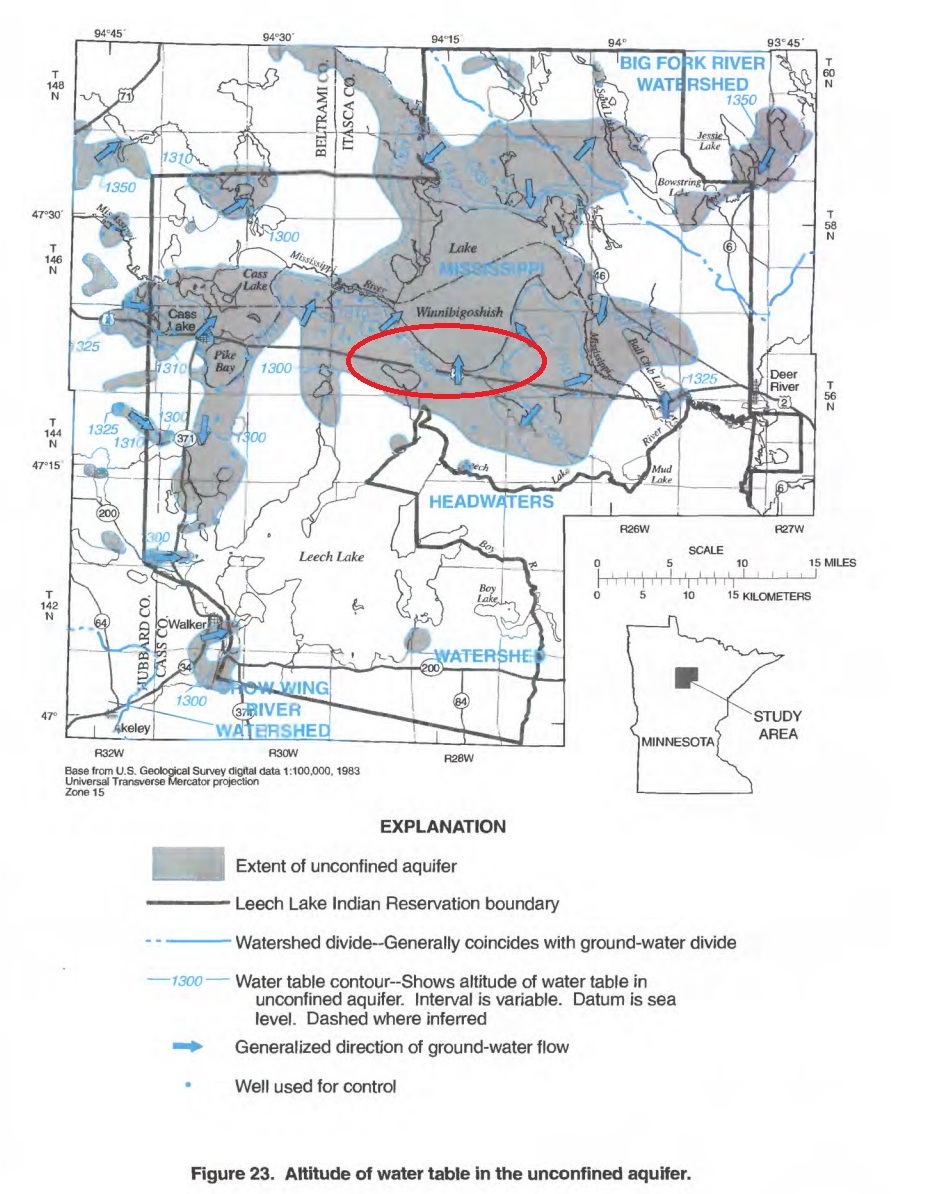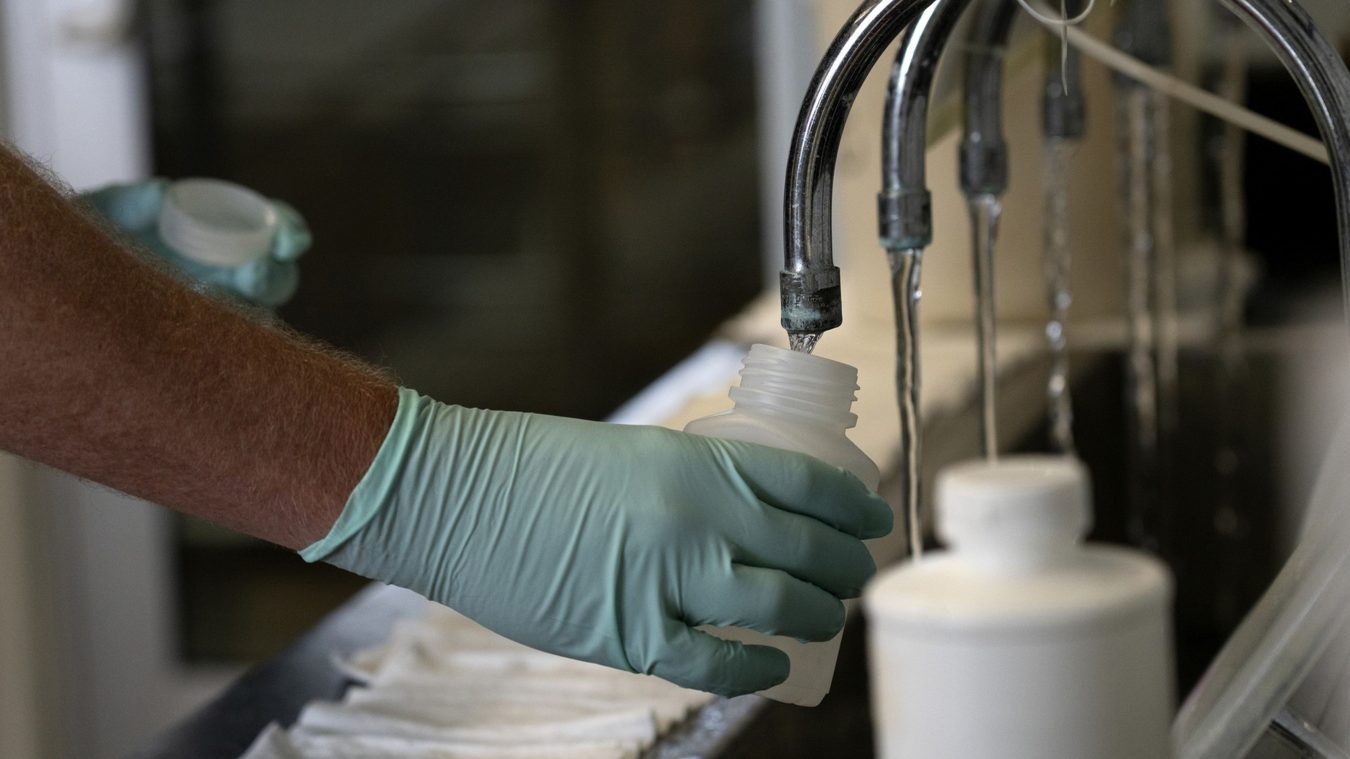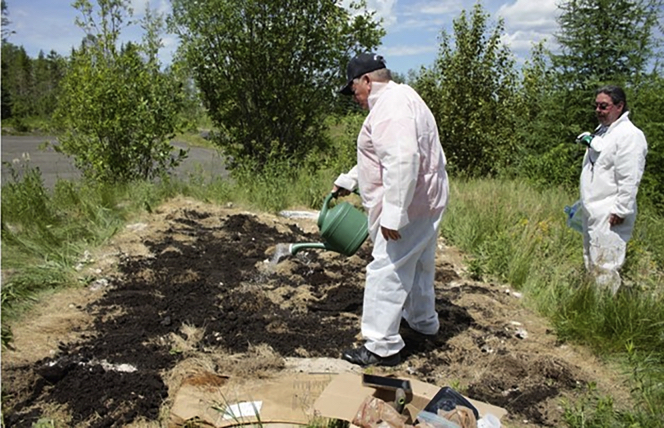
This story is part of Record High, a Grist series examining extreme heat and its impact on how — and where — we live.
Josh Payne planted chestnut trees six years ago. The rows of nut trees haven’t fully matured yet, but he’s banking on the future shade they’ll provide to shield his animals from sweltering heat.
“We started with that largely because we want to get out of commodity agriculture,” Payne said. “But also because I’m worried that in our area it’s getting hotter and drier.”
Payne operates a 300-acre regenerative farm in Concordia, Missouri, an hour outside of Kansas City, where he raises sheep and cattle. By planting 600 chestnut trees, he is bracing for a future of extreme heat by adapting an agriculture practice known as silvopasture. Rooted in preindustrial farming, the method involves intentionally incorporating trees on the same land used by grazing livestock, in a way that benefits both. Researchers and farmers say silvopastures help improve the health of the soil by protecting it from wind and water, while encouraging an increase of nutrient-rich organic matter, like cow manure, onto the land.
It also provides much-needed natural shade for livestock. According to the First Street Foundation, a nonprofit climate change research group, chunks of America’s heartland — including Kansas, Iowa, Indiana, Illinois, Wisconsin, and Missouri — could experience at least one day with temperatures of 125 degrees Fahrenheit or hotter by 2053.
When temperatures rise above 80 degrees, the heat begins to take a toll on animals, which will try to cool themselves down by sweating, panting, and seeking shelter. If they are unable to lower their body temperature, the animals will breathe harder, becoming increasingly fatigued, and eventually die.
Research shows that as the planet warms, livestock deaths will increase. Last year, when temperatures exceeded 100 degrees in southwestern Kansas, roughly 2,000 cattle in the state died; the Kansas Livestock Association estimated each cow to be worth $2,000 if they were market-ready, equaling an economic loss of $4 million. And so far this year, the trend is continuing, with livestock producers in Iowa already reporting hundreds of cattle deaths in the latter half of July alone.
According to the United States Department of Agriculture, or USDA, the ideal temperature for beef and dairy cows ranges between 44 and 77 degrees. Above those temperatures, heat stress causes cattle to produce less milk and decreases their fertility.
Payne’s family farm is a microcosm of American agriculture’s monocrop past and its changing future. He inherited the land from his grandfather, who spent decades tearing trees out of the ground in favor of growing corn and soybeans, using chemical fertilizers for years. His family was hardly alone in doing so: Along with cattle, corn and soybeans make up the top three farm products in the U.S., according to the industry group American Farm Bureau.
Missouri produced nearly $94 billion of agricultural products last year — an economic driver under threat from climate change, which has brought more intense floods and droughts to the state. Last year, the Mississippi River, which flows through Missouri, reached severely low water levels in the face of a historic drought, stopping the barge travel that supports the country’s agricultural economy. When Payne spoke to Grist in July, he was hoping for rain to come soon amid the humid 98-degree heat.
To prevent harm to his 600 sheep and 25 cattle, Payne currently uses portable structures to provide artificial shade while he waits for his chestnut trees to mature. This technology acts like a big umbrella that can be moved as a herd moves, but it doesn’t protect animals from reflected heat and sun rays from the sides the same way a tree canopy can.
In addition to the shade his future nut trees will provide, they’ll be a source of income, too. Payne said it’s likely he’ll make more money on 30 acres of chestnut trees than he would on 300 acres of row crops like corn.
“We’re rethinking the farm process based on climate predictions,” Payne said. “Here we are planting trees in our pastures, so that in 10 to twelve years we can have dappled shade.”
Planting trees in a field seems almost too simple as a way to keep livestock safe and healthy in a hotter world. But Ashley Conway-Anderson, a researcher at the University of Missouri Center for Agroforestry, knows better. She said of all the USDA’s land management systems used to blend forest and livestock, silvopasture is the most complicated, as it requires a delicate balance between planted trees, natural forests and brush, and livestock.
But she will admit the practice is common sense.
“Trees provide shade. That’s the place where you want to be when it’s hot, right?” Conway-Anderson said. “The idea behind a well-managed silvopasture is your taking that shade and dispersing it across the field.”
Conway-Anderson said farmers are adapting their land to silvopastures at a time when agriculture as a whole is wrestling with its role in climate change. The sector accounts for roughly 11 percent of the nation’s greenhouse gas emissions, according to the USDA.
In addition to mitigating extreme heat risks and promoting soil health, trees planted on pastures and fields act as a way to sequester carbon out of the atmosphere through the process of photosynthesis. Project Drawdown, a nonprofit known for its expansive list of practices to prevent further climate harm, estimates that silvopastures could sequester five to 10 times the amount of carbon than a treeless pasture of the same size.
Notably, however, while carbon accounts for the main source of human-caused greenhouse gasses, agriculture’s role in a warming planet largely comes from methane produced by livestock and their waste. But silvopastures help combat that — animals that move around to graze end up trampling on their waste, working it into the soil where it’s repurposed as a natural fertilizer; in contrast, most farm operations pool all livestock waste together in large ponds from which a concentration of methane is then emitted.
Conway-Anderson said agroforestry and silvopastures aren’t always a one-size-fits-all solution. She said farmers are having to “get big or get out,” and aren’t always able to invest the time or money in planting trees or revitalizing woodland they might already own.
“We’ve created an economic system where we have incentivized and subsided specific crops, products, and ways of doing farming and agriculture that has really sucked the air out of the room for smaller, diversified operations,” she said.
On the other hand, she said silvopasture practices can be successful because of their flexibility. Farmers can use trees they already own. They can graze goats, pigs, sheep, cattle, and more under the shade of nut trees, fruit trees, and trees whose trimmings and branches can be harvested and sold to the lumber industry.
“Silvopastures are not a silver bullet,” Conway-Anderson said. “But at this point, I don’t think we have any silver bullets anymore.”
At Hidden Blossom Farms in Union, Connecticut, a rural town located near the border of Massachusetts, Joe Orefice has been methodical in his implementation of silvopasture.
Orefice, a Yale School of the Environment professor of agroforestry, raises tunnel-grown vegetables, figs, and roughly two dozen grass-fed cows that enjoy the shade of apple trees on a 134-acre farm. He said there are currently only two acres of fruit trees the cattle use for cover.
Despite the small acreage, Orefice said, he has focused primarily on soil health, a key aspect of silvopasture management. Without properly maintained grasses and soil, trees won’t grow, and there wouldn’t be any shade for his cattle.
“You need to manage the grasses so young trees will grow,” he said.
In addition to land management and soil health, Orefice said the animal welfare benefits of shade were top of mind.
“I don’t want to eat a big meal if I’m sitting in the sun on a hot and humid day, and we want our cattle to eat big meals because that’s how they grow or keep their calves healthy by producing milk,” he said.
Orefice said a common misconception about silvopasture leads to farmers just taking livestock they own and putting them in the forest without any additional management. He said this can damage soil when livestock, especially pigs, aren’t routinely moved. While it might seem counterintuitive, he said one of the first steps of creating a proper silvopasture from an existing forest is to trim trees and till the soil.
While he only raises 25 beef cattle, Orefice said he’s seen larger farms begin to implement silvopasture practices. He said raising tree crops, like nuts or figs and other fruits, is a boon for farmers who switch to more diversified crop operations versus large, concentrated animal-feeding operations.
For example, Orefice noted that if farmers in the Corn Belt, who are facing continued droughts and an extreme heat future, switched to tree crops, the upfront costs might be expensive and hard. Still, they would eventually make more money on tree crops than on corn or soybeans. The problem, as he sees it, is there is no incentive or safety net for farmers to begin to adopt these practices at the same rate as they have mainstream ones.
“The question isn’t really, ‘Is silvopasture scalable?’” Orefice said. “The question is, ‘Does our economy allow us to scale pasture-based livestock production?’”
This story was originally published by Grist with the headline Livestock are dying in the heat. This little-known farming method offers a solution. on Aug 15, 2023.


